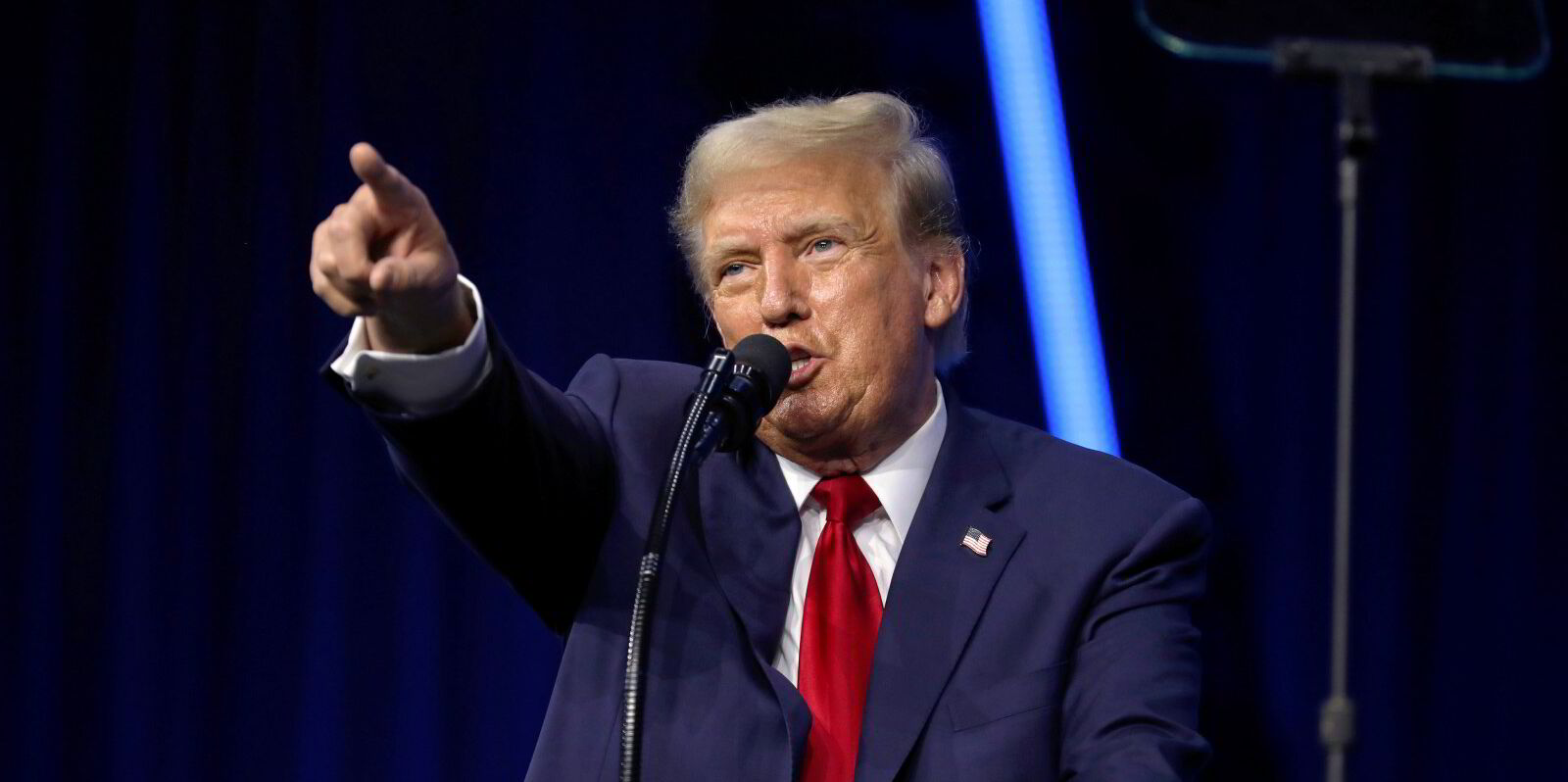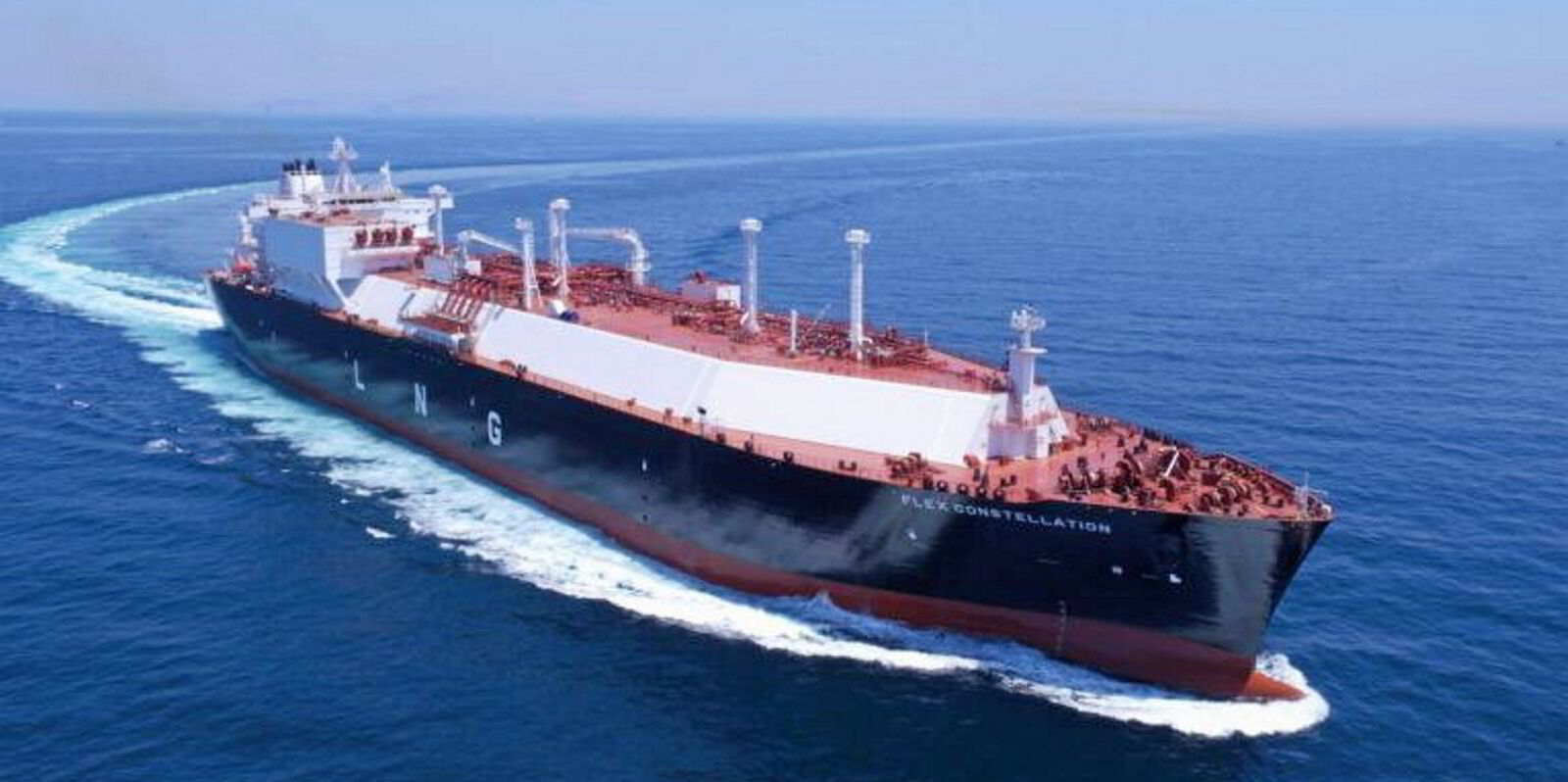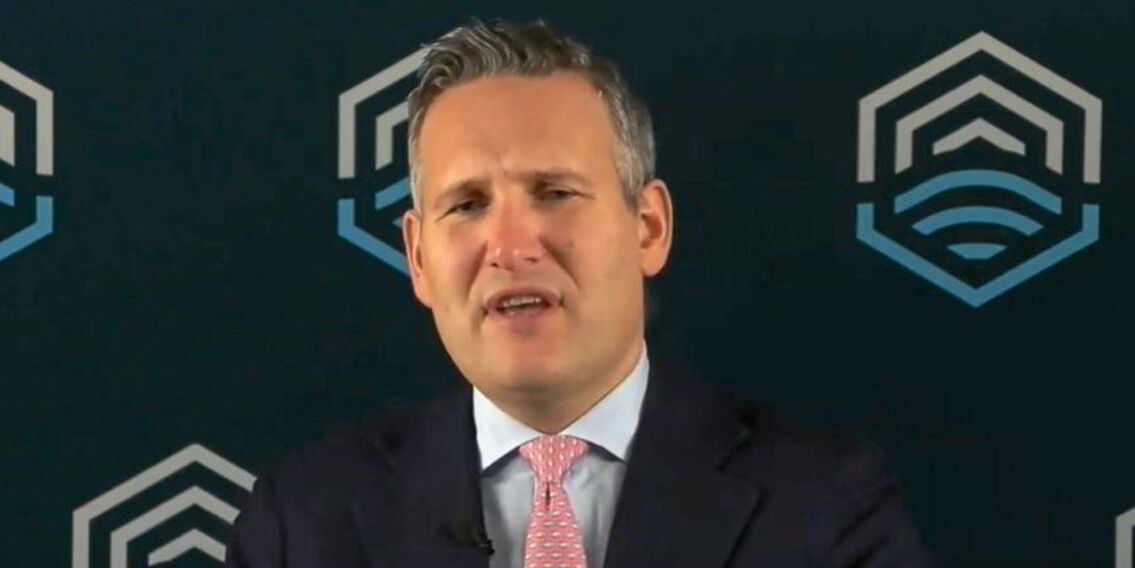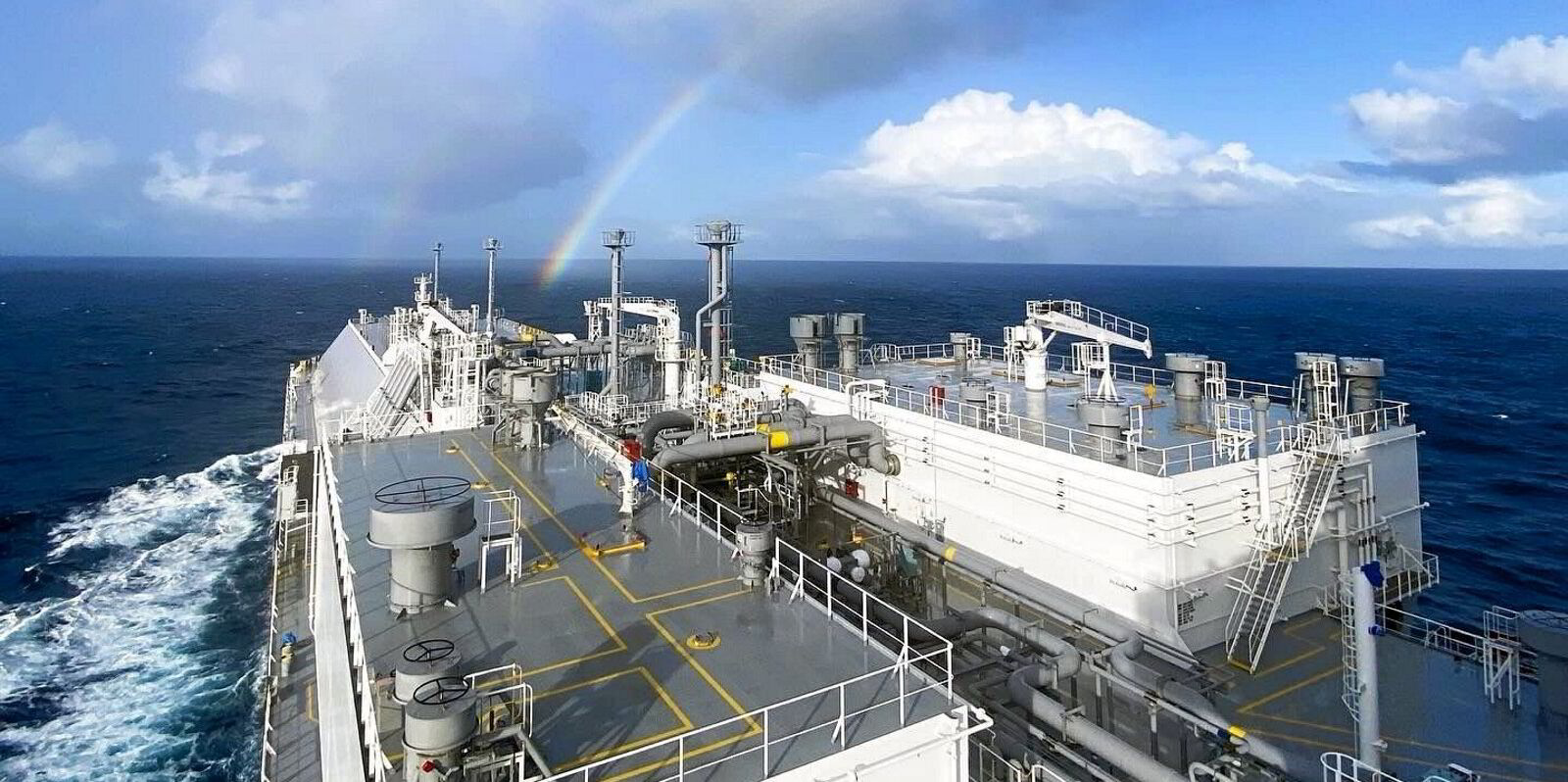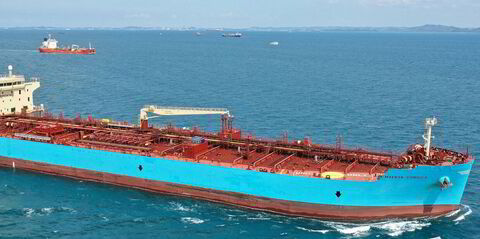Up to 90m tonnes of planned LNG production is expected to move forward when Donald Trump becomes US president in January, but the jury is still out on how his trade policy will fall, Flex LNG chief executive Oystein Kalleklev said.
Speaking on a results call, Kalleklev said Trump has been very vocal that regulations for the oil and gas industry will be eased and the Biden administration’s moratorium on new liquefaction project export licences will be lifted very early in his presidency.
In a section of the company presentation titled Trumponomics, Flex outlined that about 90m tonnes of new LNG capacity remains in “legal limbo,” although these projects are nearing final investment decisions and have secured offtake agreements for their volumes, according to Kalleklev.
“We do expect a wave of FIDs for US LNG projects next year which will support demand for shipping from ’28-’29 once these projects are starting to produce,” he said.
He continued that the risk is that Trump is “not really a free trade person” and it is uncertain how aggressive this change in trade policy will be.
He highlighted that the European Union has signalled that it wants to buy more LNG from the US to replace Russian gas.
He added: “The jury is still out on how this will evolve with China, which has become one of the big importers of LNG.”
Kalleklev returned to his dinosaur analogy for the LNG steam turbine fleet, with a deep dive into when the asteroid will hit to bring about what he triumphantly dubbed “the first mass EEXI-Tinction” — a reference to shipping’s Energy Efficiency Existing Ship Index measure.
“These ships are now technically and commercially obsolete and we do think scrapping activity will pick up and rebalance the market in 2027,” he said.
Kalleklev detailed that there are around 200 steamships left in the fleet, with about 75 of these due to redeliver from charters in the next 24 months.
The CEO explained that, assuming approximately 53 vessels will exit the market, limited new orders due to high newbuilding costs and full shipyard schedules, and with LNG export growth rising and only 7% of newbuildings under construction remaining uncommitted, the LNG shipping market should be balancing out in 2027 to 2028.
Kalleklev also touched on the weak market, where, he said, spot rates have fallen to levels not really seen in the traditionally busy fourth quarter.
He said this year, while gas prices have been high, there has been no contango in the market, so the number of available ships and delivering vessels has been building up.
The chief referenced the market “falling off a cliff” in September and quoted spot charter rates for modern tonnage as falling to around $25,000 per day.
As a result, there have been more spot fixtures in the first nine months of 2024, up at 278 compared to 157 in the same period of 2023.
Kalleklev said the market is “still healthy” for term business.
He was asked about the charterer — understood to be JERA Global Markets — and their decision not to exercise a one-year extension option on the 173,400-cbm LNG carrier Flex Constellation (built 2019), as well as what would be the company’s best option for trading that vessel.
Kalleklev said the option was not declared because it was “out of the money”.
He said in February, before the ship’s redelivery, the company may have a better idea but it is not going to give the vessel away just to take it out of the spot market.
